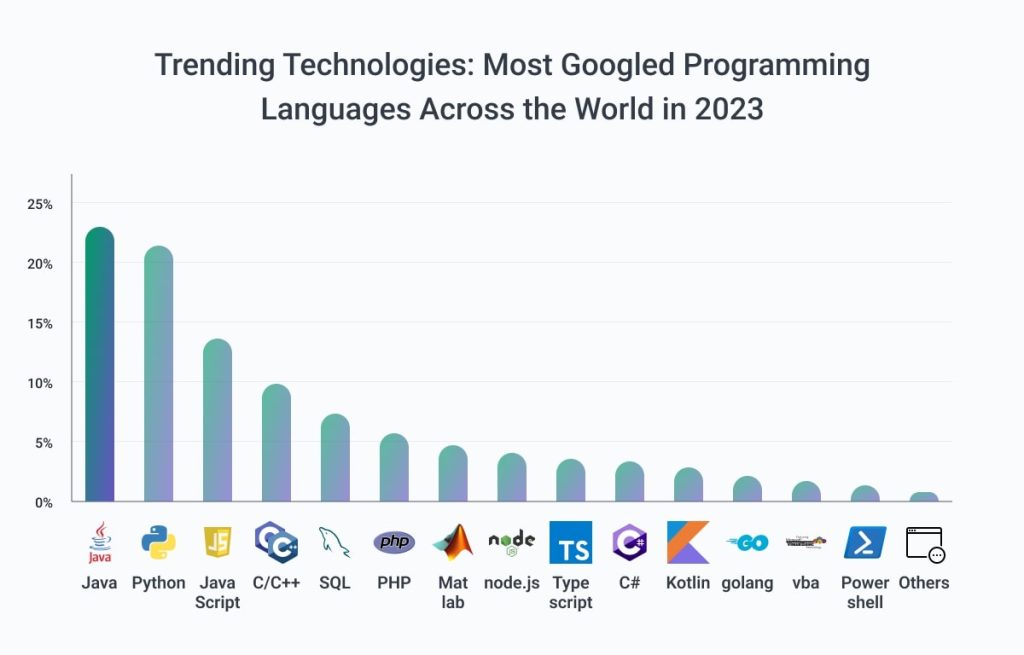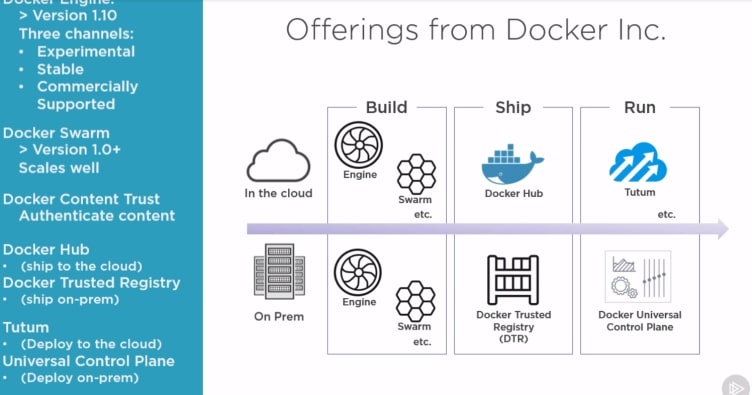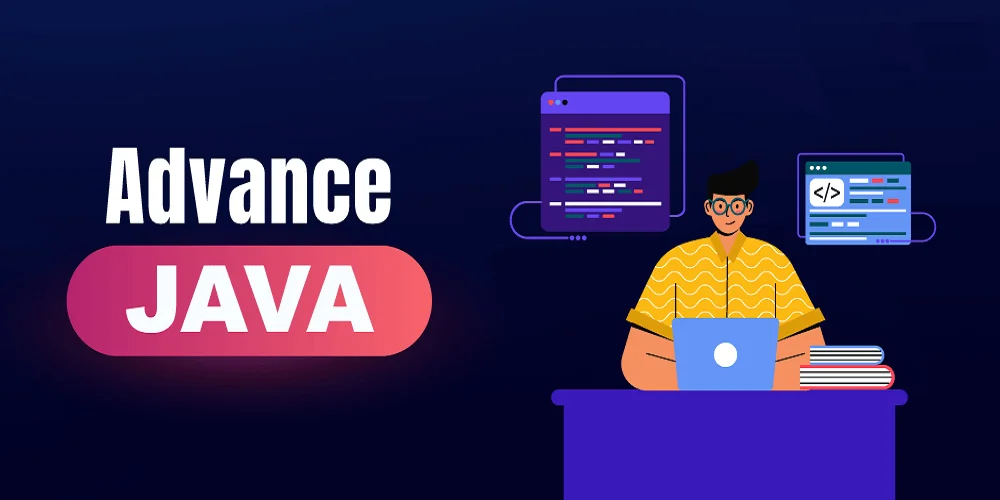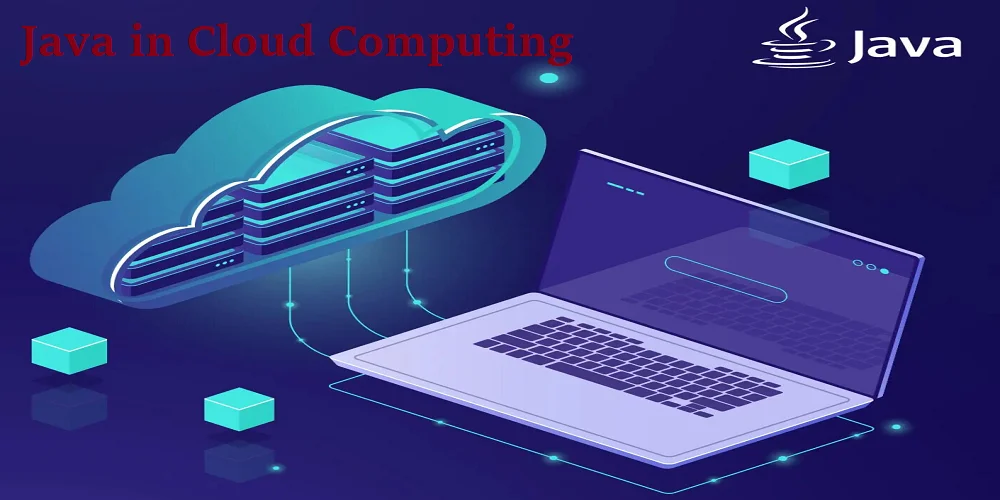Introduction: Java Used in Software Development
Java, the iconic programming language, has been the foundation for successful software development for almost 30 years. Java was developed by Sun Microsystems in 1995 and it has remained all this period a popular language. In this article, we will explore how Java development services still remain relevant in software development in 2025.
Basics of Java
Java is said to have had its way back in the early 1990s when Sun Microsystems attempted to address inherent flaws of C++, especially in the areas of portability, memory management, and multimedia support. It is humorous that the steaming coffee cup logo has been recognized as the iconic insignia of Java in the international arena of software developers. Here are some key points about Java:
Object-Oriented Programming (OOP):
OOP has greatly helped Java in getting adopted by encouraging developers to make computer programs that utilize objects. By using OOP, parts of a large problem solving can be tackled systematically as opposed to as one whole large project.
Versatility:
Java is not constrained to a platform as it can be programmed to operate on any platform available. It is beneficial in creating applications that may operate on either PCs or servers within corporations or organizations, tablets and smartphones, and web browsers.
Java Use Cases
Indeed it has many uses because flexibility cuts across various applications in Java. Let’s explore some of the most notable scenarios where Java skills and step by step guide:

Server-Side Logic:
Java is often used to create the application layer of an internet site and web applications. Lesser appropriately suited frameworks include Spring, Struts and JSF for building applications in this domain.
Web Services and APIs:
Java is especially good at creating sound, scalable solutions for web services and Programmable APIs. It is therefore widely relevant for use in handling backend communication given its flexibility and reliability.
Enterprise Software:
Java drives high-value business applications in sectors such as banking and insurance, medicine, and online retailing. Its resilience and scalability ensure that it remains the favourite language for developing purposes crucial systems.
Mobile Apps (Android):
Java is the major language used when it comes to developing Android apps. Android Studio, which is the recommended development environment for developing an Android application, has inherent support for Java programming for building applications with rich functionalities.
Big Data Processing:
Another key strength is Java’s architecture-neutral bytecode execution, which makes big data processing straightforward for Java. Many big data technologies such as Hadoop, Spark, etc… utilize Java effectively.
Desktop Applications:
Even though Web technologies continue to thrive, Java strengthens its position in such an environment as desktop applications. Swing, and even the newer JavaFX, are both used to build cross-platform-based desktop applications.
Embedded Systems:
Java’s software portability issue can also be observed in embedded systems where it is used for application in firmware and in controlling of devices.
Java Trends in 2025

1. Integration with Cutting-Edge Technologies:
Machine Learning (ML)
Java is becoming a vital tool for the elimination or at least reduction of such a distance between regular software development and ML. Frameworks such as Deeplearning4j and DL4J enable software developers to design and develop MLP using Java language. This means more of ML applications powered by Java in different fields are exceptions expected to be observed.
Cloud Computing
Java remains viable due to its adaptability for use on favourable cloud platforms including AWS, Azure, and Google Cloud. Java shall be used by the developers to build more robust, portable, and efficient applications for clouds.
Internet of Things (IoT)
Java also becomes more attractive as a contender in the IoT landscape as devices increase, thanks to edge computing at the nodes themselves. Java ME (Micro Edition) and Java Card are rich development environments designed to be used within the environments of limited availability of resources.
2. Scalability and Performance Optimization:
Project Panama
This plan is to enhance the inter-operability between Java and heterogeneous code (C/C++). Just like in previous releases, Oracle has sought to improve the Java Native Interface (JNI) to boost the program’s efficiency and compatibility with the native libraries.
GraalVM
Java, as well as Python, Ruby and Node.js runtimes, the high-performance GraalVM runtime that supports AOT compilation. Therefore, JIT not only reduces the initial launch time of applications but also decreases the memory used in Java applications.
Profiling Tools
Organizations will find profiling tools more useful as developers use them for analyzing, and identifying performance issues such as bottlenecks, memory leaks and much more including VisualVM, YourKit and JProfiler among others. Garbage collection and management of threads will be focused as another feature to be optimized.
3. Microservices Architecture:
Quarkus
Currently, Quarkus, an innovative Java framework designed for smooth operation within the Kubernetes environment, is steadily growing in popularity. It will also help in decreasing startup time, amount of memory used and time spent by developers on the task. Expect more Java-based microservices frameworks that will be distilled by Quarkus.
Reactive Programming
Present-day technological stacks focusing on reactive architectures, such as Spring WebFlux and Akka, offer the necessary instruments to construct reactive, event-based microservices. It also means that Java will maintain and further improve its support for reactive programming in the future.
4. Security and Privacy Enhancements:
Project Amber
Amber is another aspect that centers on language improvements to give developers a boost. It adds functionalities such as pattern matching, records, and sealed classes, which makes the code more readable and secure.
Security Libraries
Security libraries from OWASP Java Encoder and Bouncy Castle will be incorporated into the work of developers to avoid susceptibility to attacks like SQL injection, cross-site scripting (XSS), and threats following data breaches.
Adoption of Java 17 and Beyond:

Long-Term Support (LTS):
Java 17 is an LTS release, which makes it safer and supported with updates for a reasonably long time. Using the above facts, organizations will shift to the implementation of using Java 17 and make use of the features available.
Project Loom:
Loom’s goal is to make concurrency manageable by making concurrent programming elements such as fibres, the size of which is comparable to threads (user-mode threads). This is only going to improve scalability and I/O responsiveness for Java applications as well.
Thus, there is no letting up for Java as a language and the journey goes on apace. Regardless of this, having knowledge of such trends will assist anyone from the new developer to the not-so-new but existing one to make relevant decisions in the ever-evolving field of software development
Benefits of Java:

1. Portability (Write Once, Run Anywhere):
Java, which is built on the concept known as “Write Once, Run Anywhere” or WORA, enables developers to write code on one platform, typically the developer’s desktop, but then run the same code on any target platform, be it servers, mobile devices, or even such specialized embedded devices. This feature of portability is enforced by the use of Java Virtual Machine (JVM) which executes Java byte codes in any operating system environment.
WORA can make the installation and management of personal Java programs a snap, therefore facilitating the use of Java across multiple platforms.
2. Rich Ecosystem:
Java is often praised for its rich set of libraries, frameworks, and tools that only grew with time. Thus, these resources remain valuable to developers as they can help save development time, improve application performance and fix issues rapidly.
Frameworks like Spring: It is a lightweight environment for building Java applications, Hibernate. A suite of libraries for use in developing applications based on the there are various frameworks available for different phases of application development like Apache Struts.
3. Community Support:
Further, Java has a developer community across the globe that is very large and vibrant. Members of this community support the goal of open source by developing projects, exchanging information and assisting in forums, blogs and conferences.
Java has a large community of developers and therefore any developer who may be stuck on a question or issue that they may be unable to solve on their own can easily get help from others in the community and also gets to learn from others whenever they seek answers to questions that they do not know the answer to.
Drawbacks of Java:
Verbosity:
For instance, Java code is known to be complex when compared to the new light languages. This is beneficial for both readability and maintainability, but it also has some drawbacks as it makes its development slower.
More lines of code have to be entered in the program to implement certain features because some languages have fewer lines of code than others.
Memory Consumption:
Java applications get heavier to run because of the increase in JVM overhead and frequent Java garbage collection. What has to be specially mentioned here is that the JVM controls memory, both the allocation and freeing, which can stage consequences to performance.
Nonetheless, nowadays, a great number of JVMs employ superior memory management, and developers can handle the memory problem, using some common approaches, such as object pooling and the usage of effective data structures.
Learning Curve:
For a newcomer, OOP is not an easy task and to make it easier for people to understand I would like to explain the most important areas and terminologies. Java is refined to the finest detail according to the OOPist’s notions of classes, inheritance, and polymorphism; anyone attempting to program commercially in Java must understand these notions.
Despite this, more experienced programmers will find that Java’s general syntax will not pose a problem for them especially if they have a background in C/C++ programming as the language is OOP based and programmers coming from non-OOP backgrounds will probably have to adapt in one way or the other.
Conclusion:
In conclusion, we have Java as legacy and we are certain that its flexibility timeliness and versatility make it possible that it will continue to form part of the software development process. Regardless of whether you work on building enterprise systems, mobile applications, or big data, Java remains a steadfast partner in your development.
Discover more Kafka migration to Spring Boot our latest post : Kafka migration to Spring Boot



